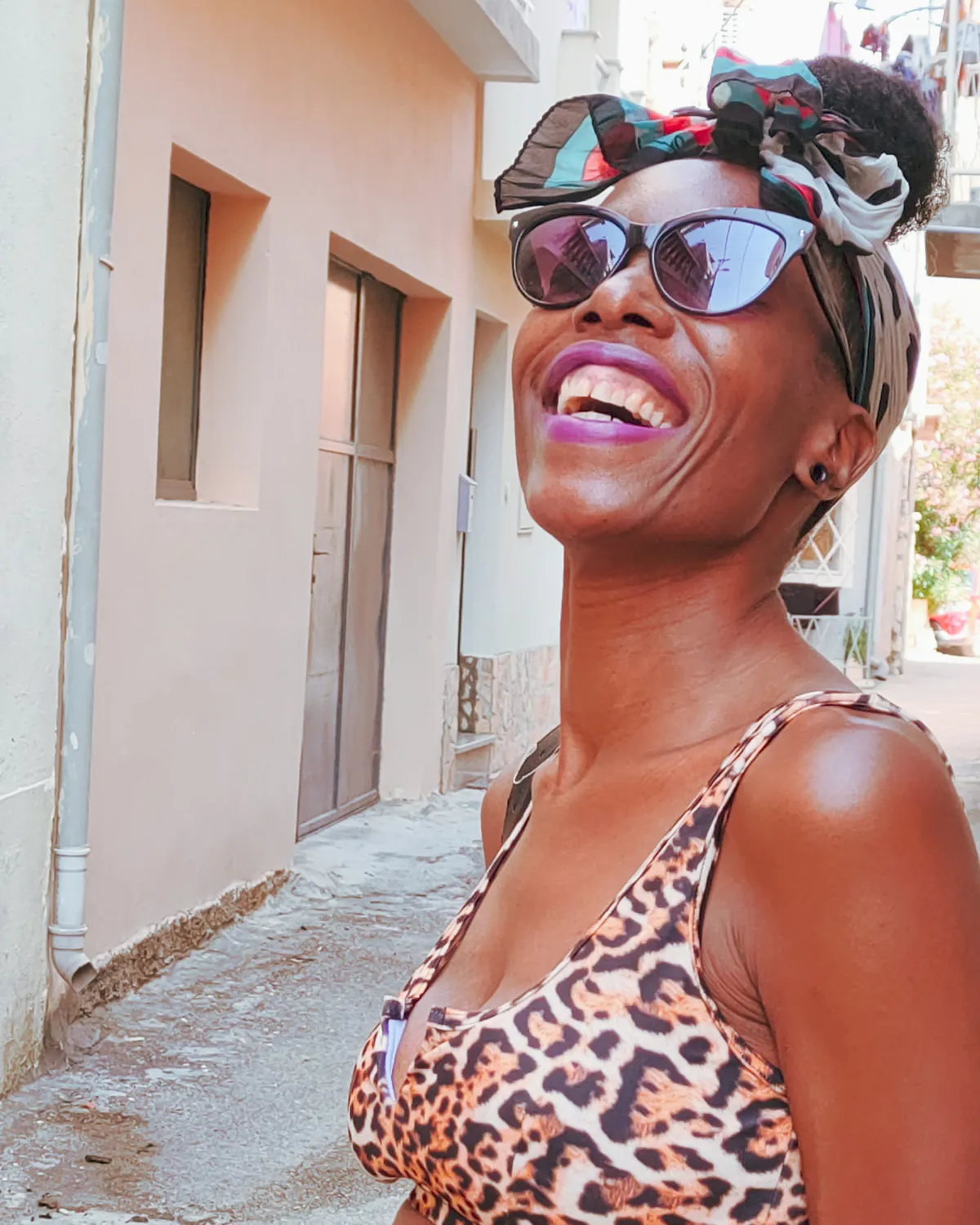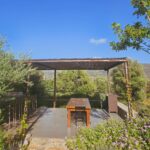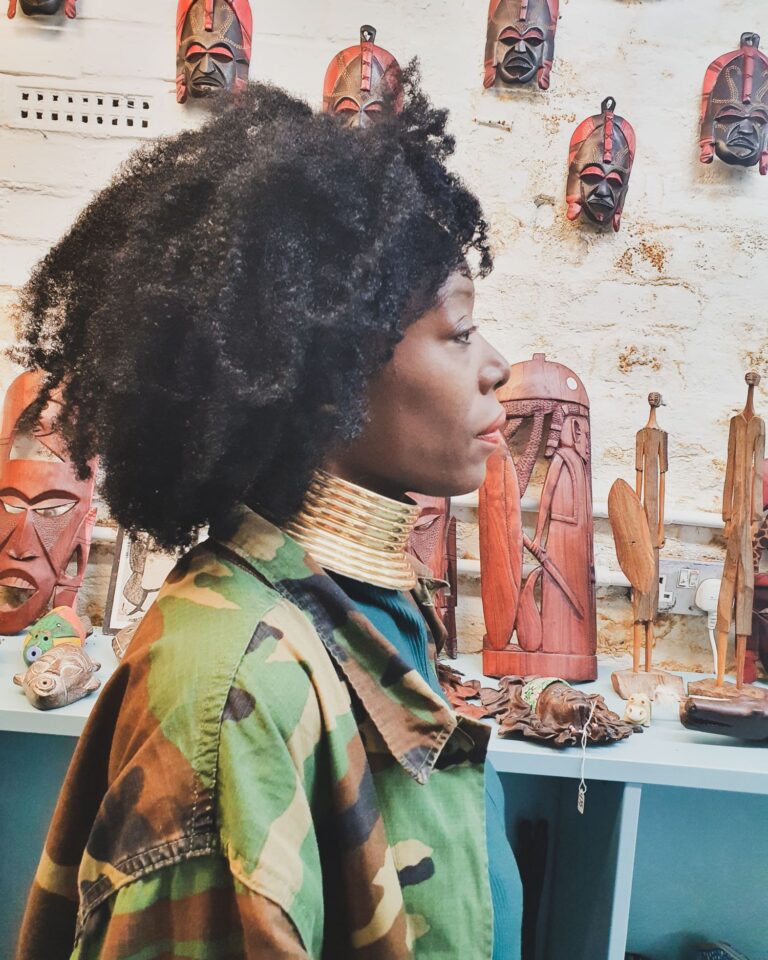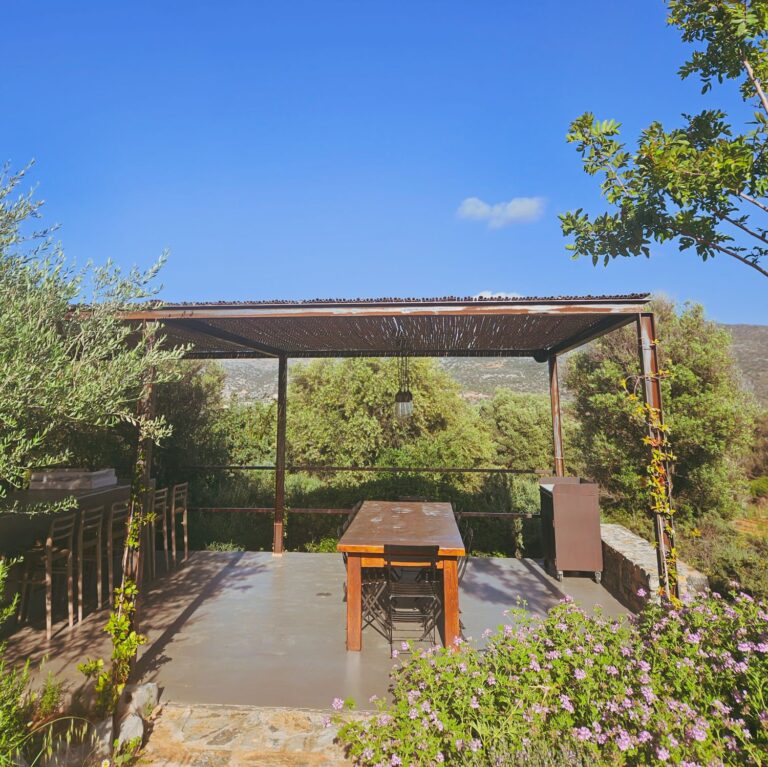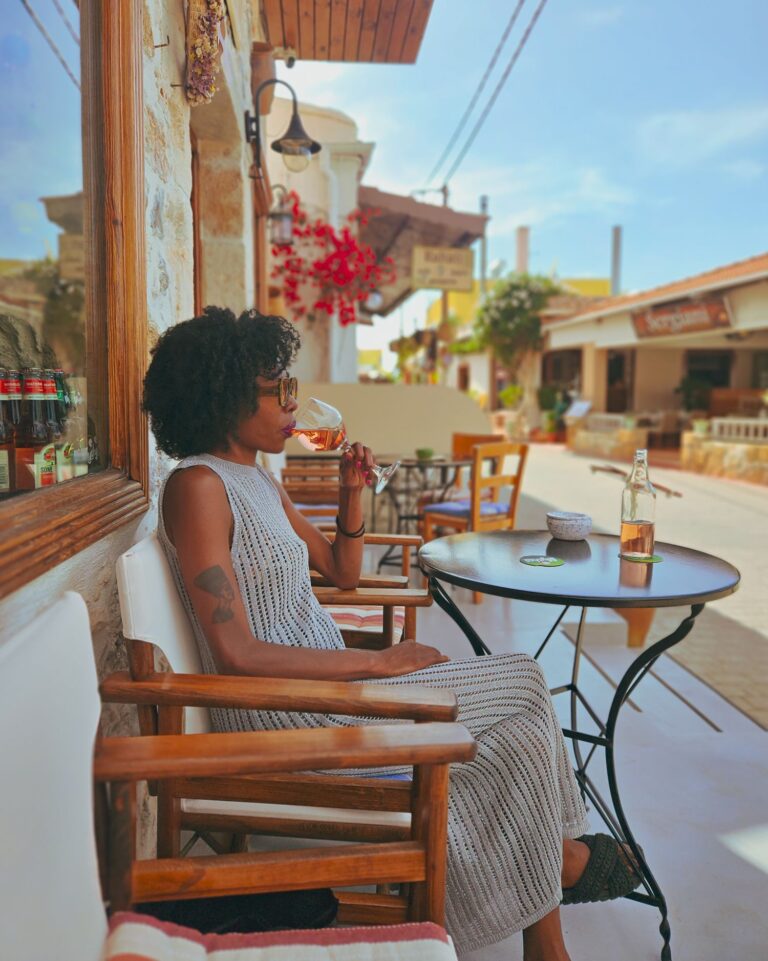
Due to the series of eruptions of La Soufrière volcano, St Vincent & The Grenadines has been in the news a lot of late. The volcano, which had laid dormant for 42 years, erupted and continued a series of explosions throughout April. The eruptions caused catastrophic devastation, a mass clean-up and a humanitarian crisis that will last several months. To date no deaths have been reported, but roughly 20,000 people have been displaced from their homes since the explosions commenced on 9 April.
Although St Vincent & The Grenadines is one of the lesser tourist trodden Caribbean islands, the country was gaining more traction due to the opening of its new international airport. Furthermore, some of the Grenadine islands, such as Bequia, Mustique and Palm Island, have, over recent years, become popular among the rich and famous. I have had the pleasure of visiting this small but unique island twice. As well as stunning waterfalls, scenic hiking trails and the impressive beaches that most of the Caribbean has to offer, the country also has an intriguing history which I had started writing about before the recent volcanic activity occurred.
Afro-Indigenous Garifuna
When I first visited St Vincent & The Grenadines, I assumed that the many people I saw with Indian heritage were, like on other Caribbean islands, such as Trinidad and Jamaica, the descendants of indentured workers who arrived on the islands from India post-slavery. I later came to realise that this was not the case. And in fact, the Indian and Afro-Indian population in St Vincent are the descendants of the indigenous Carib Indians, after whom the Caribbean gets its name. The Carib people once lived throughout the Lesser Antilles, and some ethnic Caribs still live in Dominica, Trinidad, St Lucia, and St Vincent. As a result of the intermixing between the indigenous Carib Indians of St Vincent and Africans who escaped from colonial slavery, their descendants became known as Black Caribs or Garifuna.
The history of Garifuna in St Vincent
In or around 1635, two Spanish ships transporting enslaved Africans from West Africa shipwrecked between St. Vincent and Béquia. Many Africans survived and made it safely to land. They escaped slavery by seeking refuge and becoming allies with the local Carib Indians on the far side of the island.
These Africans willingly learned the language, customs and started families with the indigenous Carib population. From this union, an Afro-indigenous culture developed and existed independent of colonial slavery. The British colonial administration used the term Black Carib and Garifuna to distinguish this new ethnic group from the native population who did not intermarry with Africans.
The Caribs allowed the French to settle in St Vincent in 1770, but by the Treaty of Paris of 1783, France gave up St. Vincent to Great Britain. As Britain was an enemy, this caused many Carib revolts, but the British Army eventually defeated the rebels in 1797. At this time, the British deported nearly 5,000 Garifuna to Roatan Island, off of the northern coast of Honduras. Some Garifuna who did not participate in the revolt were taken to Sandy Bay on the northeast coast of St. Vincent. Out of those exiled, many migrated to the mainland of Honduras and formed an allegiance with Spain, fighting with them against British military attacks and later in the Central American Independence wars against Spain. Others moved to Belize, Nicaragua and Guatemala.
Garifuna communities today
Today, Garifuna communities along the Caribbean Sea live mainly in coastal towns and villages. The largest Garifuna population in Central America lives along the Caribbean coast of Honduras. Communities also reside in the Central American countries of Belize, Nicaragua and Guatemala. Globally, the population of Garifuna stand at approximately 300,000 people, many of whom live in the U.S. and Canada.
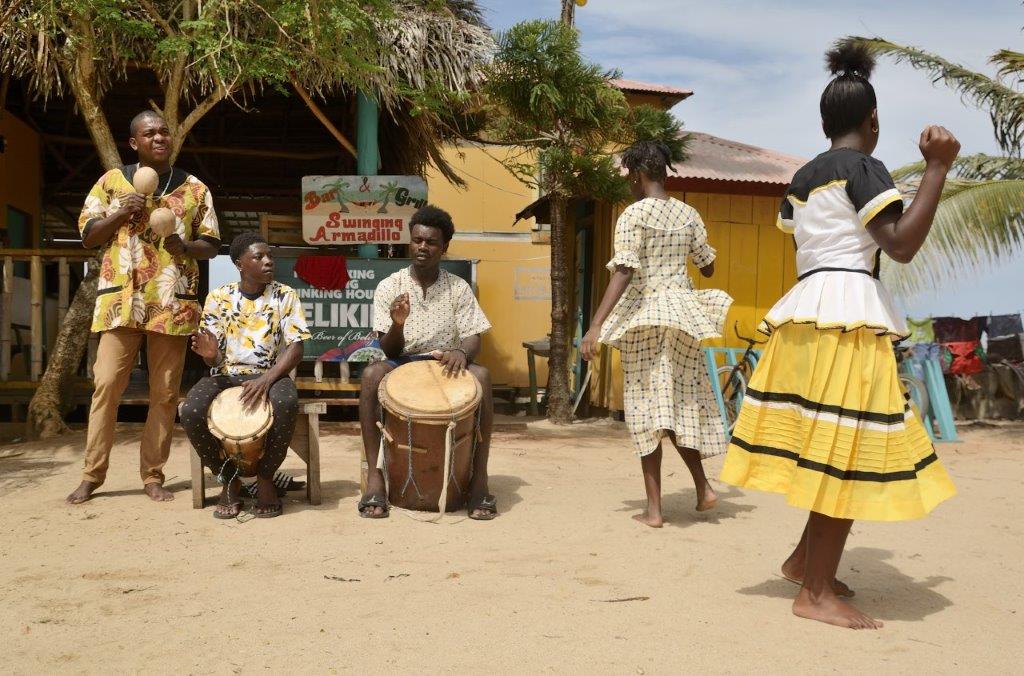
Traditions
As the Garifuna were not enslaved, they have managed to preserve much of their native Afro-Caribbean culture. Afro-Caribbean Garifuna culture combines Caribbean fishing and farming traditions with a mixture of South American and African music, dance and spirituality. Many have kept their religious and spiritual practices which consist of a combination of African and Indian beliefs and Catholicism. Garifuna culture is closely identified with music and dance. Many celebrations involve dancing, singing, drumming, and feasts. Most traditional food dishes include fish, chicken, cassava, bananas and plantains.
In Summary
Although the Garifuna community has settled in Central America, this rare ethnic group still has a deep connection to the islands of St. Vincent & The Grenadines. Therefore, thousands travel from Central America to St. Vincent each year to celebrate their indigenous legacy and history of successful anti-slavery maroon resistance.
St. Vincent and the Grenadines is known by the Garifuna brothers and sisters in the Diaspora as “Yurumei”, the Ancestral Homeland.
The Garifuna community in St Vincent is largely based in the districts of Sandy Bay, Fancy, Owia, Espagnol Point, Sion Hill, Griggs, Rose Banks, Carib Village and Kingstown.
Garifuna language, dance and music were declared a Masterpiece of the Oral and Intangible Heritage of Humanity by UNESCO in 2001. The Garifuna Heritage Foundation of St. Vincent helps keep the Garifuna language and heritage alive with festivals and educational resources.
Were you aware of the fascinating history of the Garifuna in St. Vincent & The Grenadines?


